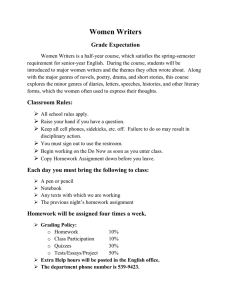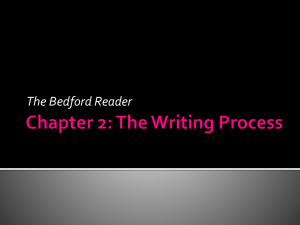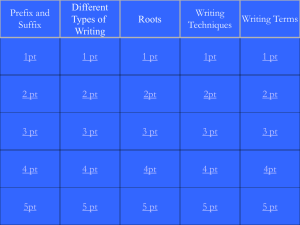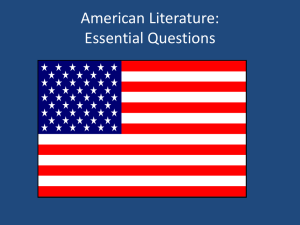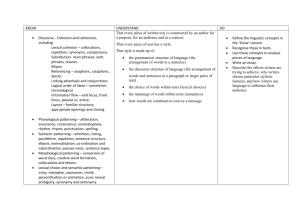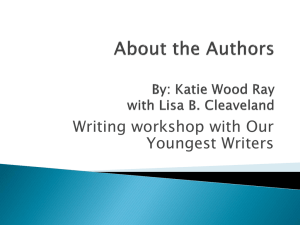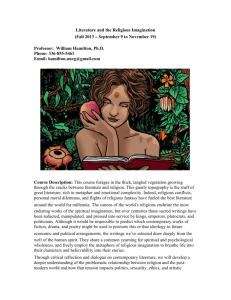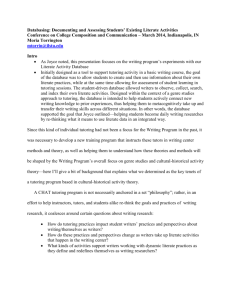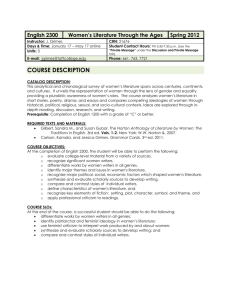英四乙4A0C0044 李慈恩 1. Why learn to write? Although almost all
advertisement
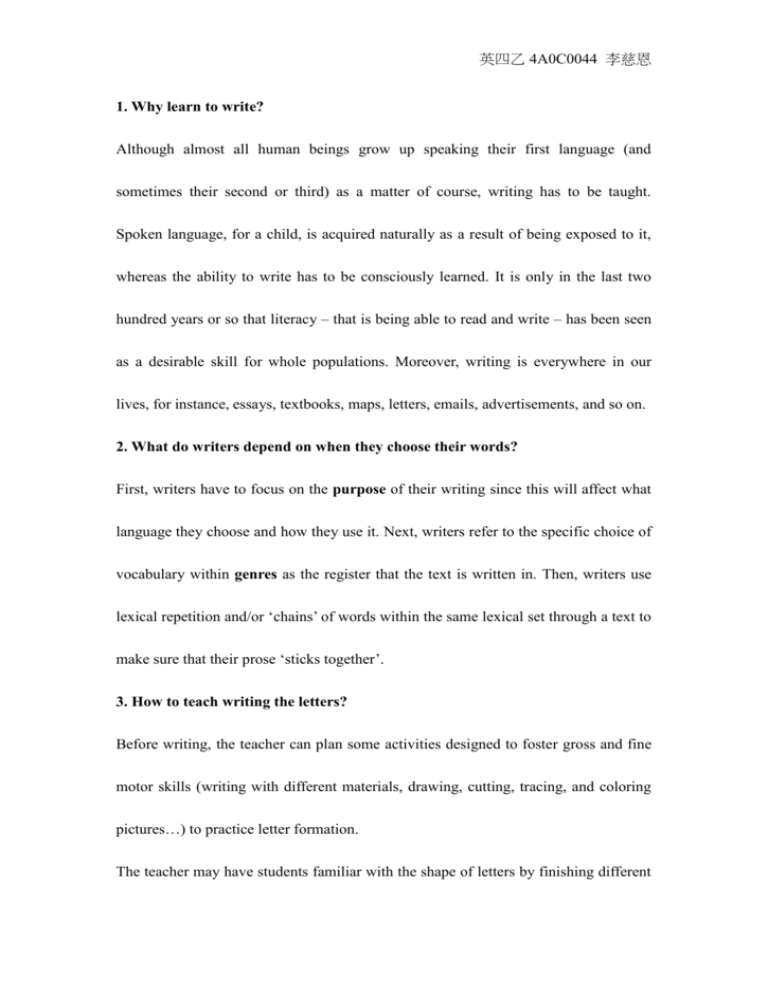
英四乙 4A0C0044 李慈恩 1. Why learn to write? Although almost all human beings grow up speaking their first language (and sometimes their second or third) as a matter of course, writing has to be taught. Spoken language, for a child, is acquired naturally as a result of being exposed to it, whereas the ability to write has to be consciously learned. It is only in the last two hundred years or so that literacy – that is being able to read and write – has been seen as a desirable skill for whole populations. Moreover, writing is everywhere in our lives, for instance, essays, textbooks, maps, letters, emails, advertisements, and so on. 2. What do writers depend on when they choose their words? First, writers have to focus on the purpose of their writing since this will affect what language they choose and how they use it. Next, writers refer to the specific choice of vocabulary within genres as the register that the text is written in. Then, writers use lexical repetition and/or ‘chains’ of words within the same lexical set through a text to make sure that their prose ‘sticks together’. 3. How to teach writing the letters? Before writing, the teacher can plan some activities designed to foster gross and fine motor skills (writing with different materials, drawing, cutting, tracing, and coloring pictures…) to practice letter formation. The teacher may have students familiar with the shape of letters by finishing different 英四乙 4A0C0044 李慈恩 kinds of exercises. Because young children need to be able to co-ordinate finger movement and control a pencil before they can be taught letters. For example, students can make a letter out of objects such as clay, buttons, or rocks. Next, the teacher designs worksheets each has one large letter of the alphabet with the numeral spots on it so that students can use stickers to fill in the spots of the letter in the numeral order. In this way, the students can memorize the stroke order of each letter. Finally, the teacher may pull out some simple handwriting pages which letters with line guides help students to keep the writing straight and control the size of the letter. Besides, the teacher needs to describe how the letter is formed while young children follow the instructions. 4. How to set up a literate classroom? A literate classroom have a significant impact on what goes on in the classroom and set the stage for interactions with a wide variety of genres. Students should be exposed to a wide range of literacy materials, engaged in small group as well as whole group instruction and encouraged to take responsibility and ownership for their own learning. Therefore, the teacher may set up word banks and walls. A literate classroom includes word banks, dictionaries (printed and homemade), words games, printed books, homemade books, students’ work on the walls, establishing routines for the students to use the words on display activities. However, the teacher should show how 英四乙 4A0C0044 李慈恩 to use resources for supporting writing and spelling, be their writing model. Setting up word banks and walls: ■ Add words a few at a time ■ Use letters large enough to be seen by all ■ Make use of color ■ Make sure the word wall can be seen by all the children ■ Use the most frequently used words ■ Make sure the word banks are positioned to allow easy access ■ Use a filing system so that words can be found easily, for example, in alphabetical order or by topic ■ Remove words the students no longer need ■ Change the display so that it always looks attractive ■ Keep the display orderly ■ Involve the students in making labels for displays ■ Display students’ work 5. Why is it important to make students aware the implication of differences between speaking and writing in the classroom? When considering how people write, we need to consider the similarities and differences between writing and speaking, both in terms of their forms and in the 英四乙 4A0C0044 李慈恩 processes that writers and speakers go through to produce language. However, the differences between the two forms are often very marked. ■ Time and space Speaking is often transient, whereas writing tends to be more permanent. ■ Participants The audience in speaking process may often be someone we know each other well. If we are talking with strangers, we will make assumptions about who we are talking to. This helps us to decide what to say and how to say it. The audience in writing process may often be general rather than specific, and may be presented as a type rather than as an individual addressee who we can see and interact with. ■ Process The process of writing is usually more complex than the process of speaking, but not always. ■ Organization and language The way spontaneous speech and written text are constructed shows significant differences both in terms of organization and the language used. ■ Signs and symbols Both writing and speaking have their own signs, symbols, and devices to make 英四乙 4A0C0044 李慈恩 communication more effective.
